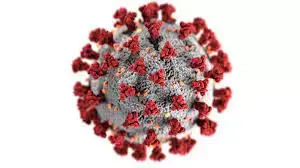I'm upset that you're ignoring the science, even the science you provided. The comments are whatever, which is why I suggested reconsidering the definitions of the terms for future actions instead of reinstating the comments.
Water droplets, or, if you prefer, respiratory droplets, or even aerosols, is how COVID travels through the air and settles on objects. That's what the link you gave me explicitly says, and it is what I said. It does not waft around without that medium, to suggest it does is factually incorrect and not backed by any science.


Not cool, please don't.
When you're alone, in your own apartment, with a closed door, yeah. That's why lockdowns were effective at preventing transmission. I also said ventilation was necessary when in rooms with other people, especially when you can't distance.
I corrected myself to be more specific when I realised I hadn't been clear enough, and I backed up the specifics with science. I'm sorry that you feel that isn't sufficient. Feel free to do the things, I'm out.